Background information
Each year, most employee benefit plans covered by ERISA must file a form with the Department of Labor and the IRS known as the Form 5500 Series, or the “Annual Return/Report of Employee Benefit Plan.” It’s called a “series” because there are several different versions of the form. Which version of the form a retirement plan must file depends on the number of participants, as well as the amount and types of assets in the plan. There are also various schedules and attachments that may be required with the form.
Form 5500 Series requires reports on the provisions, operation, and financial condition of the plan. It is generally due by the end of the seventh month following the end of each plan year (1).
For plan years beginning in 2023, several changes have been made to the information requested on Form 5500. This article focuses on a few of the changes that may impact our clients’ plans.
Determining the number of participants for small plan reporting
If a plan covers fewer than 100 participants (2), it’s considered a “small plan” and can file a less extensive version of Form 5500. Importantly, a “small plan” is not required to attach an audit of the plan assets. Audits can be time-consuming and costly, so employers generally wish to avoid them if possible.
In the past, all participants who met the plan’s eligibility requirement were counted, even if they elected not to participate or didn’t have an account balance. Starting in 2023, for defined contribution plans (including 401(k) plans) the determination is based on the number of participants who have an account balance at the beginning of the plan year. In other words, for purposes of determining whether a plan is required to have an audit, a participant does not count unless they have a balance in the plan at the beginning of the year.
New IRS Compliance Questions
Three new questions have been added to the form, which concern the following:
(a) Does the plan use “permissive aggregation rules” to satisfy coverage and nondiscrimination tests? In other words, does the plan pass these tests by using the contributions or benefits provided by more than one plan?
(b) This question applies only to 401(k) plans. It asks how the plan intends to satisfy nondiscrimination tests for deferrals and matching contributions. Specifically, does the plan use a “Safe Harbor” or “Qualified Automatic Contribution Arrangement?” If not, does the plan use the current year testing method or the prior year testing method?
(c) If the plan sponsor is an adopter of a pre-approved plan that received a favorable IRS Opinion Letter, the date and serial number of the Opinion Letter must be entered.
Multiple Employer Plans and Defined Contribution Groups
A new Schedule MEP has been developed to take the place of a previously required attachment for plans that are considered multiple employer plans (i.e., plans that are sponsored by more than one unrelated employer), including pooled employer plans (3).
For plans that are members of a Defined Contribution Group (DCG) (4), a single Form 5500 may be filed for the group. However, each plan must file a separate Schedule DCG. For any large plans which are part of the DCG, the auditor’s report for that plan must be attached to the Schedule DCG.
Expanded Financial Information
Plans that don’t meet the small plan filing exception must include Schedule H, Financial Information. New breakout categories have been added under “Administrative Expenses.” The new categories include audit fees, legal fees, salaries, valuation fees, and trustee fees and expenses.
Defined Benefit Plans
Defined benefit plans (including cash balance plans) must include Schedule SB, Actuarial Information, in the Form 5500 Series filing. Some of the questions on this form have changed. The changes are technical and have to do with the actuarial calculation of the minimum required contribution to the plan.
Whoever files your Form 5500 Series may need additional information to prepare the form. Don’t be surprised if you get a few new questions from your pension administrator this year!
____________________________
Form 5558 can be filed to extend the filing deadline by 2 1/2 months; i.e., from 7 months to 9½ months after the end of the plan year. Late filing penalties are imposed by both the IRS and DOL and can be extremely large.
Plans that cover between 80 and 120 participants on the first day of the plan year can elect to file the same form as the previous year. For example, a calendar year plan that had 90 participants on 1/1/2022 and 110 participants on 1/1/2023 can still file as a small employer in 2023.
Employers are unrelated if they are not members of a Controlled Group or Affiliated Service Group. The definition of these terms is complex, but it generally concerns common ownership among the employers (including ownership by certain relatives of the owners); whether the employer is a service organization; and whether the employers perform services for each other. Other employers may be related if they share employees or are members of a Management Function Group.
A Defined Contribution Group, sometimes referred to as a “Group of Plans,” consists of more than one employer with separate defined contribution plans, which have the same trustee, named fiduciary, plan administrator, plan year, and investment options.
